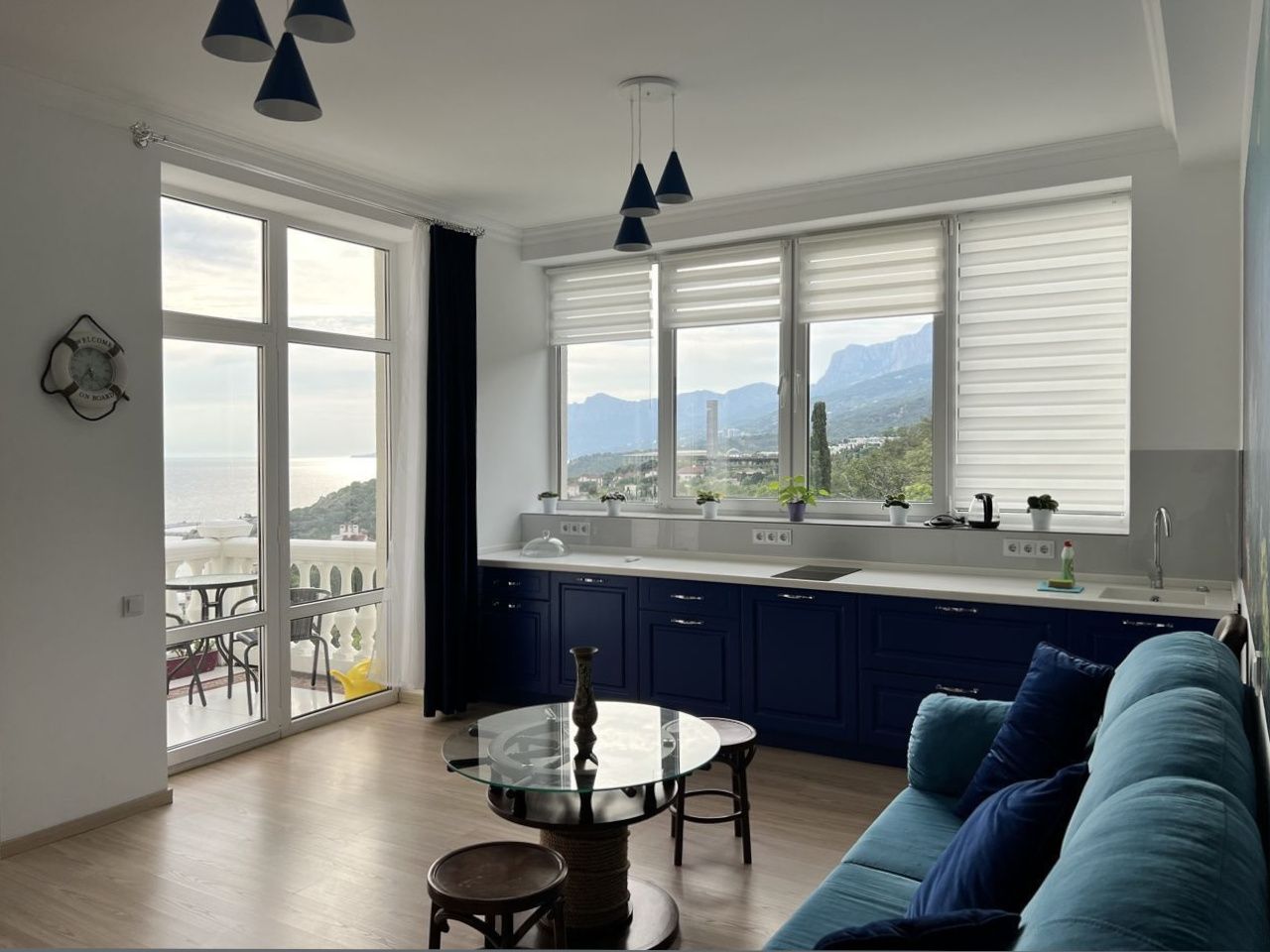
Culinary Spaces Redefined: Innovate
Introduction: The Evolution of Culinary Spaces
In recent years, the concept of culinary spaces has undergone a revolutionary transformation. Gone are the days when the kitchen was merely a place to prepare meals; today's culinary spaces are hubs of innovation, creativity, and social interaction. This article will explore how modern culinary spaces have been redefined, shifting from traditional cooking environments to multifunctional, high-tech, and aesthetically pleasing areas that cater to the diverse needs of contemporary society.
Integrating Technology
The integration of technology has been a significant factor in the evolution of culinary spaces. Smart appliances, such as Wi-Fi-enabled refrigerators, programmable ovens, and high-tech ventilation systems, are now staples in the modern kitchen. These advancements not only aid in the cooking process but also contribute to energy efficiency and provide users with unprecedented control and convenience. As a result, culinary spaces have become more user-friendly and adaptable, accommodating the varying digital proficiency levels of users.
Design and Aesthetics
Design and aesthetics play a pivotal role in the modern culinary space. Where functionality meets design, we now see kitchens with sleek lines, open layouts, and a blend of natural and synthetic materials that not only serve a purpose but also create an inviting atmosphere. The use of color and lighting has also become more sophisticated, with the ability to alter the ambiance to suit different occasions, be it a romantic dinner or a lively social gathering.
Multifunctional Spaces
Culinary spaces are no longer confined to cooking alone. The modern kitchen serves multiple purposes, acting as a dining area, office, classroom, and a place for entertainment. Islands and breakfast bars have become central features, allowing for meal preparation to coincide with social interactions. With this in mind, designers and architects are now prompted to create culinary spaces that can seamlessly transition between these diverse functions.
Sustainability and Health
Sustainability has emerged as a crucial element in redefining culinary spaces. The rise in eco-conscious living has led to the demand for kitchens that support waste reduction, recycling, and the use of eco-friendly materials. Additionally, there is an increased emphasis on indoor air quality and the availability of homegrown ingredients, giving birth to kitchen gardens and spaces that encourage healthy lifestyles.
Culinary Education and Experiences
Culinary spaces are not just about cooking; they are about learning and experiences. They are becoming educational platforms where individuals can learn about nutrition, cooking techniques, and international cuisines. This has resulted in the inclusion of features like built-in screens or projectors for culinary tutorials, bookshelves for cookbooks, and spaces designed for cooking classes, facilitating culinary creativity and knowledge sharing.
Conclusion: The Changing Heart of the Home
The redefinition of culinary spaces reflects the changing dynamics of modern living, where the kitchen has truly become the heart of the home. It is evident that as our lives become busier, more connected, and globally influenced, our culinary spaces must continue to adapt and innovate. By embracing technology, design, multifunctionality, sustainability, and education, culinary environments of the future promise to be even more inclusive, efficient, and exciting for individuals and families alike.